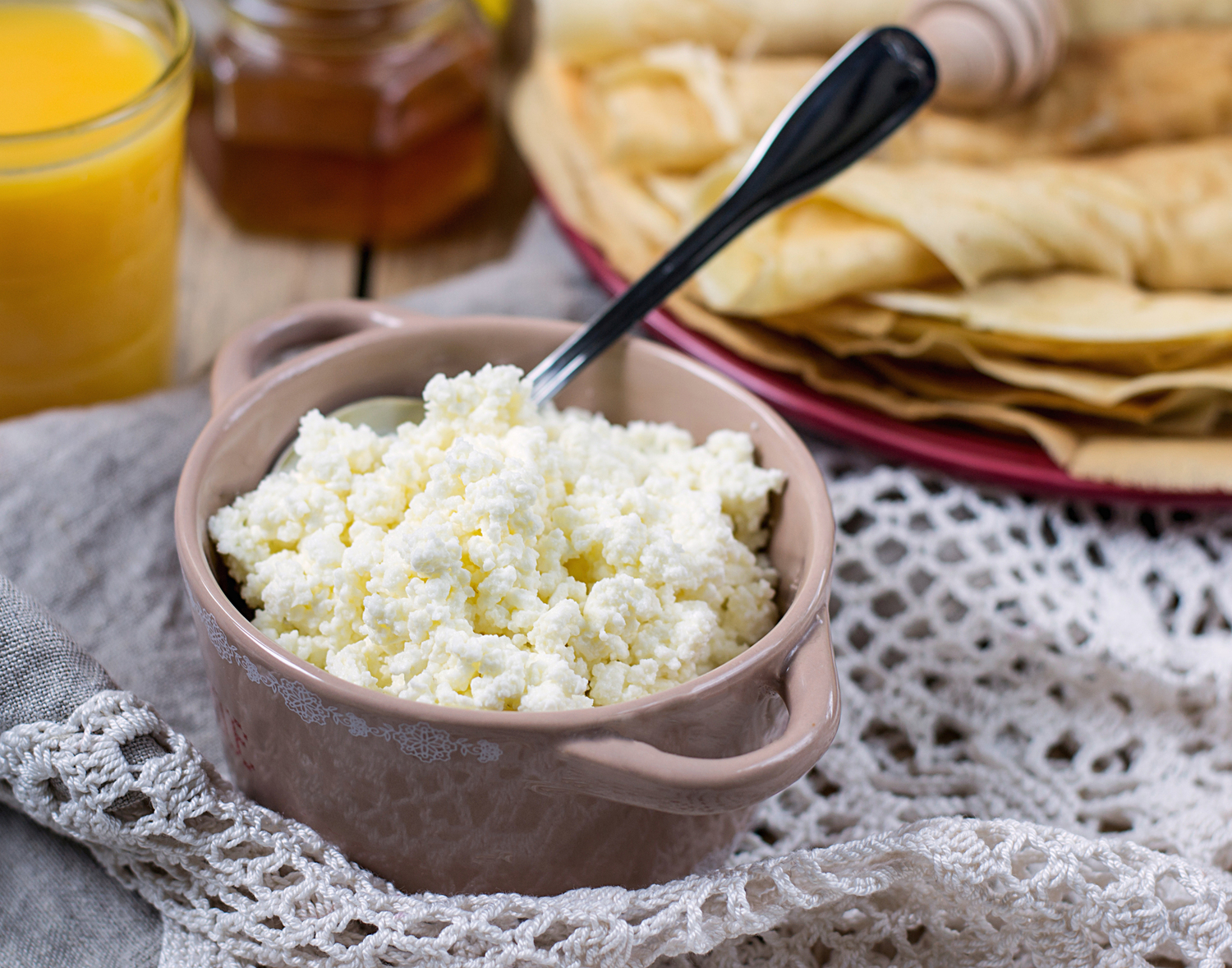
5 Superfoods to Eat with Osteoporosis
Osteoporosis refers to a situation in which people lose bone tissue faster than their bodies can replace it. While this condition is usually associated with the aging process, it can occur in almost anyone. The biggest danger comes from the increasing fragility of people’s bones. Even minor injuries can feature or even break bones.
In some cases, even coughing can cause that level of damage. However, the following superfoods can help manage osteoporosis symptoms and even prevent onset:
1. Yogurt and milk
Milk, in particular, is one of the best known sources for calcium. And calcium in turn is one of the best ways to help fight against osteoporosis. Remember that the condition is defined by progressive bone loss which outpaces the body’s ability to replace it. Calcium from milk or yogurt is a fantastic way to provide the body with all the materials needed to construct new bone tissue.
2. Calcium-fortified cottage cheese
Cottage cheese, on its own, is a great source of calcium. However, it provides significantly less calcium than milk. Some cheesemakers have noticed this and fortify their cottage cheese with additional calcium. The exact level of calcium in the cottage cheese will vary by company. However, in general it usually ends up providing more calcium than standard milk.
3. Broccoli and kale
Don’t make the common mistake of assuming that calcium only comes from dairy products. The cows making the dairy have to get that calcium from somewhere. And one of the richest sources of calcium is a cow’s best friend – plants. Plants, kale and broccoli in particular, often have significant amounts of calcium. Neither plant has as much calcium as the dairy products. But it’s important to keep in mind that the human body operates through a wide number of different processes. Kale contains iron to help make new blood cells. This can be quite important for people suffering from osteoporosis. Broccoli has a wide number of bioactive compounds that help support the body in a wide variety of different ways.
4. Dried figs
People might wonder why dried figs are recommended instead of fresh figs. In reality, there’s little real difference in their ability to fight osteoporosis. Both fresh and dried provide a surprisingly high level of calcium. What’s more, they give people the potassium and magnesium we need for proper health. The main difference is that fresh figs are seasonal and often difficult to source. When dried, you can find them in the store year round. The downside to figs is that they have a lower level of calcium when compared to other items on this list. But that’s not necessarily a bad thing. It just makes them better suited to function as an addition to other sources of calcium rather than the main choice. For example, you could use them as a snack before a meal with lots of kale.
5. Canned salmon and sardines with the bones
Fatty fish provide high levels of vitamin D. This helps our body actually make use of dietary calcium. It’s also a rich source of omega-3 fatty acids. The exact role of these compounds in bone construction still isn’t fully understood. However, omega-3 fatty acids generally provide a great boost to most aspects of human health. And of course, the fish will provide loads of calcium thanks to the fact that their bones are included in the meal. It might sound off putting at first. But the bones are so small and soft that most people don’t even notice them.


